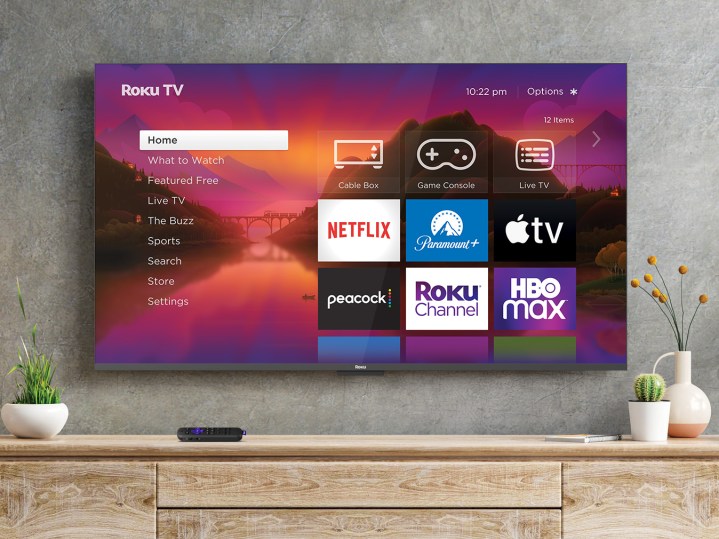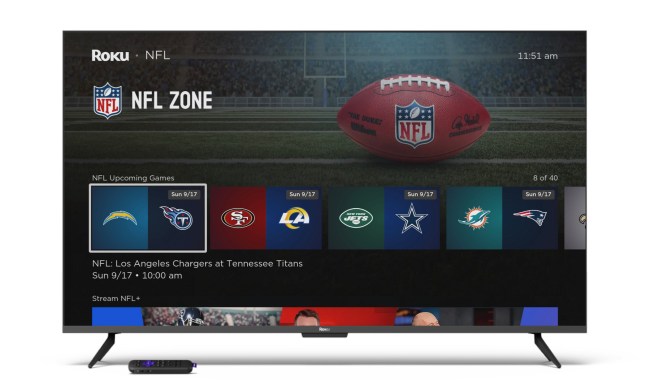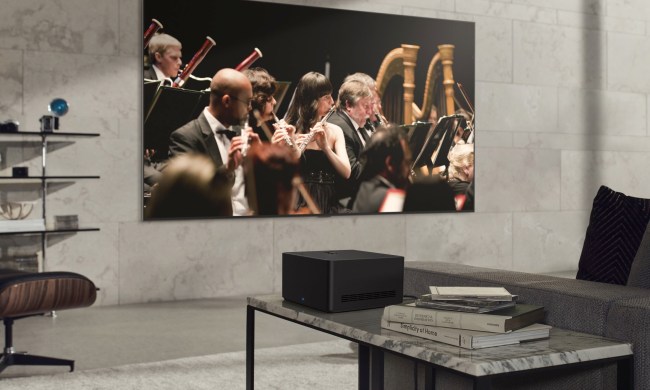Your next Roku TV may well say Roku on the front. After years of leading the smart TV industry by licensing its operating system to other manufacturers, Roku announced its own Roku Select and Roku Plus Series televisions — the first to bear the Roku name from front to back — today at CES 2023.
While the names are slightly confusing, the gist is this: There are 11 models spanning from 24 to 75 inches. The Select lineup will top out at 1080p resolution and include a basic Roku Voice Remote, while the Plus Series will sport 4K resolution panels and include the Roku Voice Remote Pro, which is rechargeable. Prices start at $119 on the low end and and top out at $999.
The new Roku-branded TVs will be available in the spring.
They do not, however, spell the end of Roku’s relationship with other manufacturers.
“Over the past 20 years, Roku has been instrumental in what is now the mainstream way to enjoy a great television series, a classic movie, or live sports,” Mustafa Ozgen, president of devices for
So we’ll see TVs with Roku’s name on the front, as well as all over the operating system itself. But you’ll still see TCL TVs with the

Why make its own TVs, then? For the same reason any other company makes its own devices, even when it doesn’t actually “make” them. Apple makes its own phones instead of licensing out its operating system. Google makes its own version of Android. And remember that Amazon beat Roku to the TV game in 2022 when it started shipping its own branded TVs. Sure, they’re made by TCL (and we wouldn’t bet against TCL going to work for
And that’s before you get to the new Roku TV OLED reference design. While
What does any of this mean for the folks opening their wallets for new TVs in 2023? We’ll just have to see, of course. But it’s going to be interesting one way or another.




